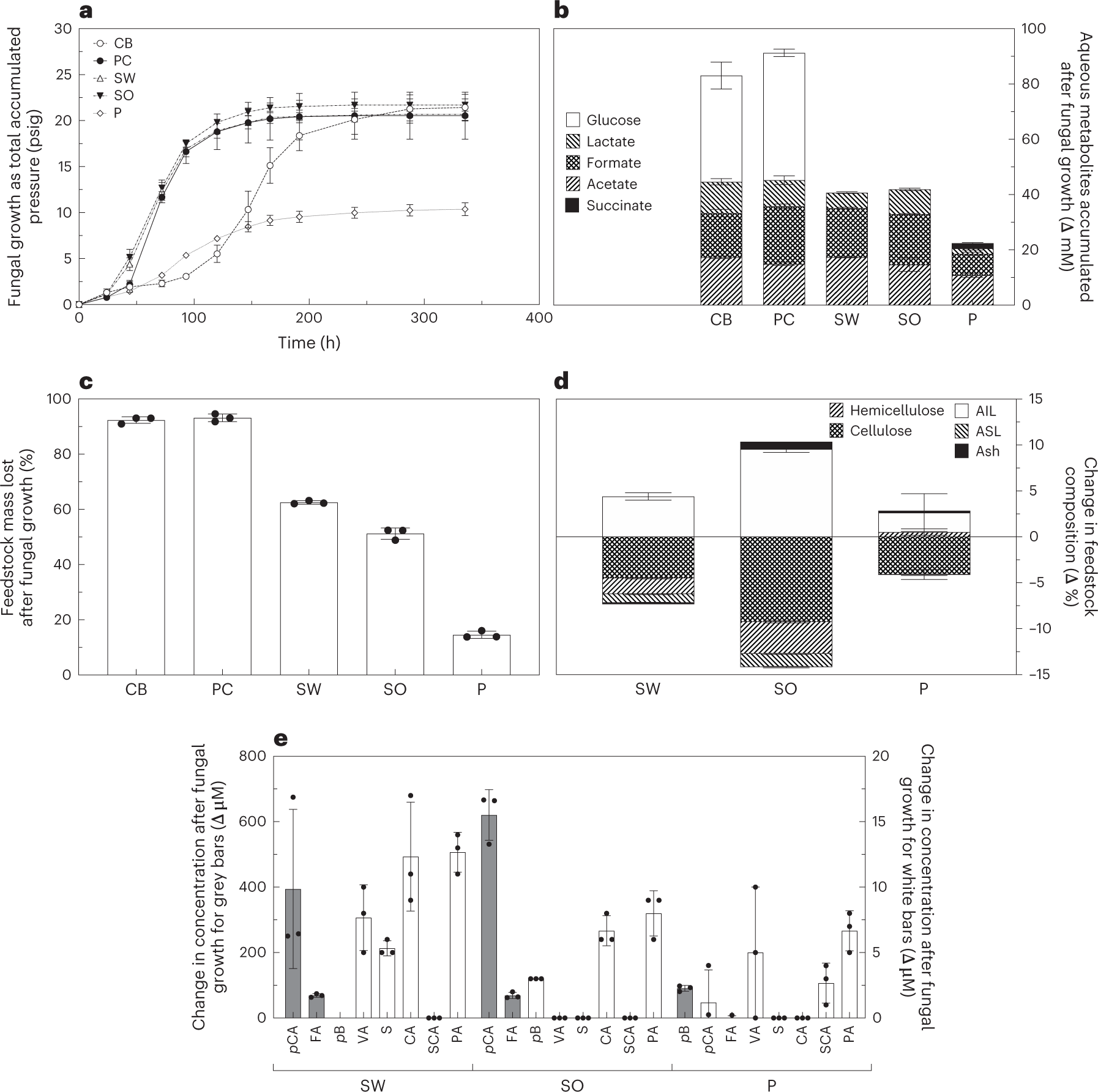
Breakthrough in Making Compostable Plastics from Corn Kernels and Woody Lignin
Introduction: Plastic pollution has become a global crisis, and scientists are working on finding alternatives to traditional plastics that are non-biodegradable and harm the environment. Researchers are exploring new ways to create compostable plastics that can replace traditional plastics without causing pollution. In this article, we will discuss the breakthrough in making compostable plastics from corn kernels and woody lignin.
Corn Kernels and Woody Lignin Corn kernels and woody lignin are the two main components that are being used to create compostable plastics. Corn kernels are rich in starch, which can be converted into biodegradable plastic. Woody lignin is a complex organic polymer that is found in the cell walls of many plants. It provides strength and rigidity to the plant and is considered a waste product in the paper and pulp industry.
Also Read:
Breaking Down Woody Lignin One of the biggest challenges in creating compostable plastics from woody lignin is breaking it down into a usable form. Woody lignin is highly resistant to degradation, making it difficult to work with. However, a recent study published in Nature Microbiology has found a solution to this problem.
The study shows that anaerobic bacteria can break down woody lignin into a more usable form. Anaerobic bacteria are microorganisms that can thrive in an environment without oxygen. They break down woody lignin by producing enzymes that can break down the complex polymer into simpler forms.
Creating Compostable Plastics Once the woody lignin has been broken down into a usable form, it can be combined with corn kernels to create compostable plastics. The starch in the corn kernels is converted into a biodegradable plastic that is then mixed with the woody lignin. The mixture can be molded into different shapes and forms, creating a plastic that is strong and rigid, yet compostable.
Benefits of Compostable Plastics Compostable plastics offer several benefits over traditional plastics. First, they are biodegradable, meaning they can break down naturally without causing harm to the environment. Second, they can be made from renewable resources, such as corn kernels and woody lignin, reducing our reliance on non-renewable resources. Third, they can help reduce the amount of plastic waste in the environment, reducing the risk of harm to wildlife and ecosystems.
Conclusion The breakthrough in making compostable plastics from corn kernels and woody lignin is a significant step towards reducing plastic pollution. By using renewable resources and creating plastics that can break down naturally, we can reduce our reliance on non-renewable resources and protect the environment. With further research and development, compostable plastics could become a viable alternative to traditional plastics.
Read More:
That's it for this article.
Thanks for Visiting Us – fixyanet.com


0 Comments